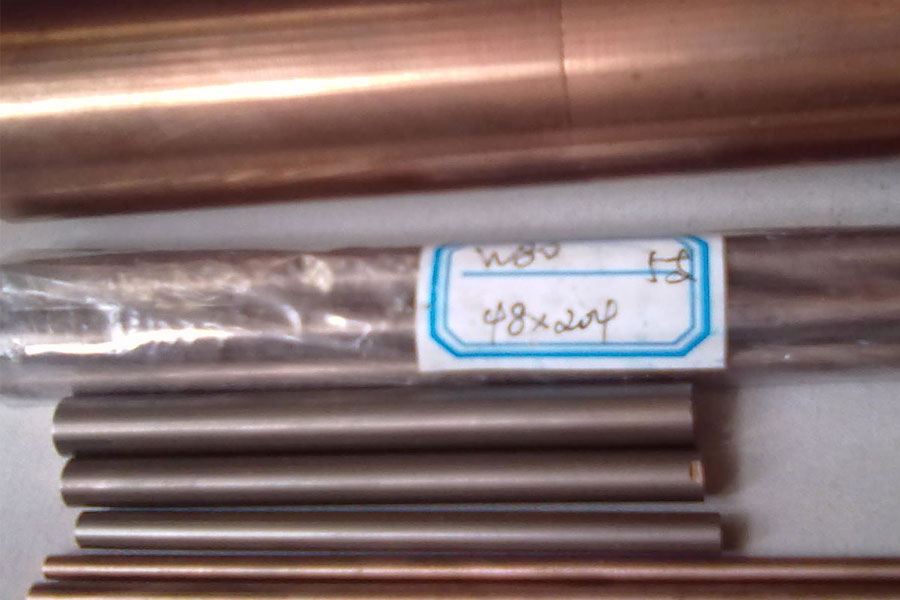Polyether ether ketone, PEEK resin (Polyether Ether Ketone, PEEK for short) is a condensation reaction of “difluorobenzophenone” and “hydroquinone” in the presence of an alkali metal carbonate with diphenylsulfone as a solvent A new type of semi-crystalline aromatic thermoplastic engineering plastic prepared.
Compared with other special engineering plastics, PEEK has more significant advantages, high temperature resistance of 260 degrees, excellent mechanical properties, good self-lubrication, chemical corrosion resistance, flame resistance, peel resistance, wear resistance, strong nitric acid resistance, and radiation resistance. Super mechanical properties can be used for high-end machinery and aviation technology.
Characteristics of PEEK engineering plastics
High temperature resistance
PEEK has a high glass transition temperature and melting point (334 ° C), which is one of the reasons why it can be reliably used in applications requiring heat resistance. Its load thermal deformation temperature is as high as 316 ℃, and the continuous use temperature is 260 ℃.
Mechanical properties
PEEK is a plastic that combines both toughness and rigidity. In particular, its excellent fatigue resistance to alternating stress is the most outstanding of all plastics, comparable to alloy materials.
Self-lubricating
PEEK has outstanding sliding characteristics in all plastics, which is suitable for applications with strict requirements for low friction coefficient and wear resistance. In particular, the self-lubricating properties of PEEK mixed with carbon fiber and graphite in a certain proportion are better.
Chemical resistance (corrosion resistance)
PEEK has excellent chemical resistance. Among ordinary chemicals, only concentrated sulfuric acid can dissolve or destroy it. Its corrosion resistance is similar to that of nickel steel.
Flame retardancy
PEEK is a very stable polymer. The 1.45mm thick sample can reach the highest flame retardant standards without any flame retardant.
Peeling resistance
PEEK has good resistance to peeling, so it can be made into thinly covered wires or electromagnetic wires, and can be used under harsh conditions.
Fatigue resistance
PEEK has the best fatigue resistance of any resin.
Hydrolysis resistance
PEEK and its composite materials are not affected by the chemical effects of water and high-pressure water vapor. Products made with this material can still maintain excellent characteristics when continuously used in high-temperature and high-pressure water.
PEEK injection molding process
- Drying: The particulate polymer generally absorbs 0.5% w / w of atmospheric moisture. For best results, it should be dried until the moisture is less than 0.02% w / w. The material can be placed in an air-circulating oven and dried at least 3 hours at 150 ° C or 2 hours at 160 ° C. If dried in a drying box, the thickness of the raw materials in the tray cannot exceed 25mm. And prevent pollution.
- Recycling: The remaining materials can be recycled and injected into pure materials. It is recommended that recycled materials without fillers not exceed 30% of the total weight, and recycled mixtures with fillers not exceed 10% of the total weight.
- Thermal stability: If the equipment is shut down during the melting process, and the polymer residence time does not exceed 1 hour, there is no obvious degradation of the material at a temperature of 360 ° C. However, if the downtime exceeds 1 hour, the barrel temperature should be reduced to 340 ° C. At this temperature, the material can be stable for several hours. When the machining is continued, the barrel temperature must be increased. If the downtime exceeds 3 hours, The barrel should be cleaned. You can use materials that can maintain stable performance at 380 ° C, such as polyethersulfone or polyetherimide, or low MFI polyethylene for cleaning.
- Injection machine: The melting point of the polymer is 343 ° C. It can be applied to traditional machines that can maintain the melt temperature at 360-400 ° C.
- Barrel capacity: Due to the high machining temperature of PEEK polymer, the residence time of the material must be as short as possible. The ideal barrel capacity is 2-5 times the total injection weight.
- Nozzle and locking system: The melting point of the polymer is very high. If the temperature drops below 343 ° C, the melt will quickly solidify. Therefore, a heater large enough needs to be installed at the nozzle to prevent the “cooling of injection molding” from being caused by the cooling.
- Screw: It is recommended that the minimum L / D ratio of the screw is 16: 1, but the L / D ratio between 18: 1 and 24: 1 should be preferred.
- Barrel temperature: The unreinforced grade is 360-380 ℃, and the reinforced grade is 380-400 ℃.
- Mold temperature: The surface temperature of the mold is 175-205 ° C.
- Injection pressure: The general injection pressure is 70-140MPa.
- Injection speed: medium to high speed.
- Back pressure: It is recommended to set the back pressure to 0-1.0MPa (0-10 kgf / cm2).
- Screw speed: Generally, the screw speed is 50-100rpm. For the reinforcement level, a lower screw speed is recommended.
- Molding shrinkage: Different grades of polymers have different shrinkage. The unfilled grade is about 1.2-2.4%, and the filled grade is 0.1-1.1%.
- Secondary machining: It can perform secondary peek machining such as bonding, tapping, pressing, metal inserts, cutting and surface metallization.
